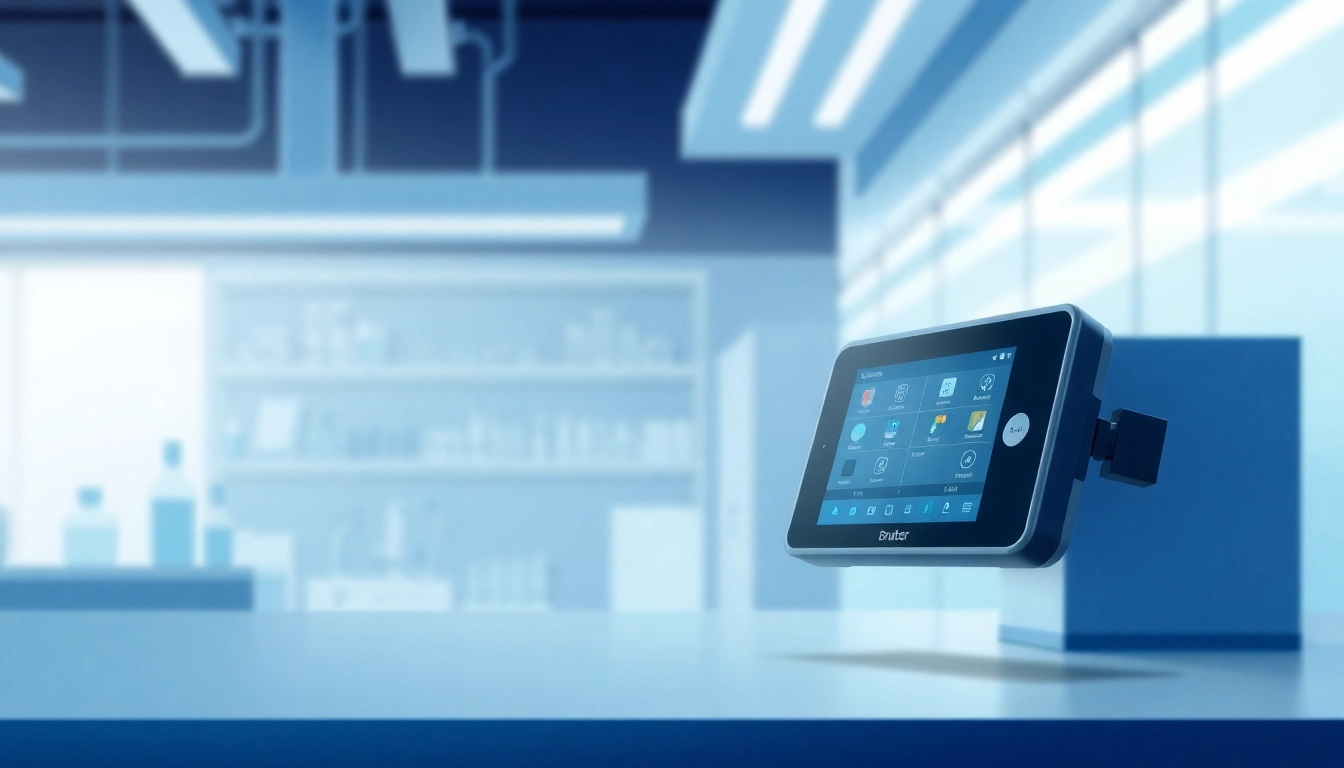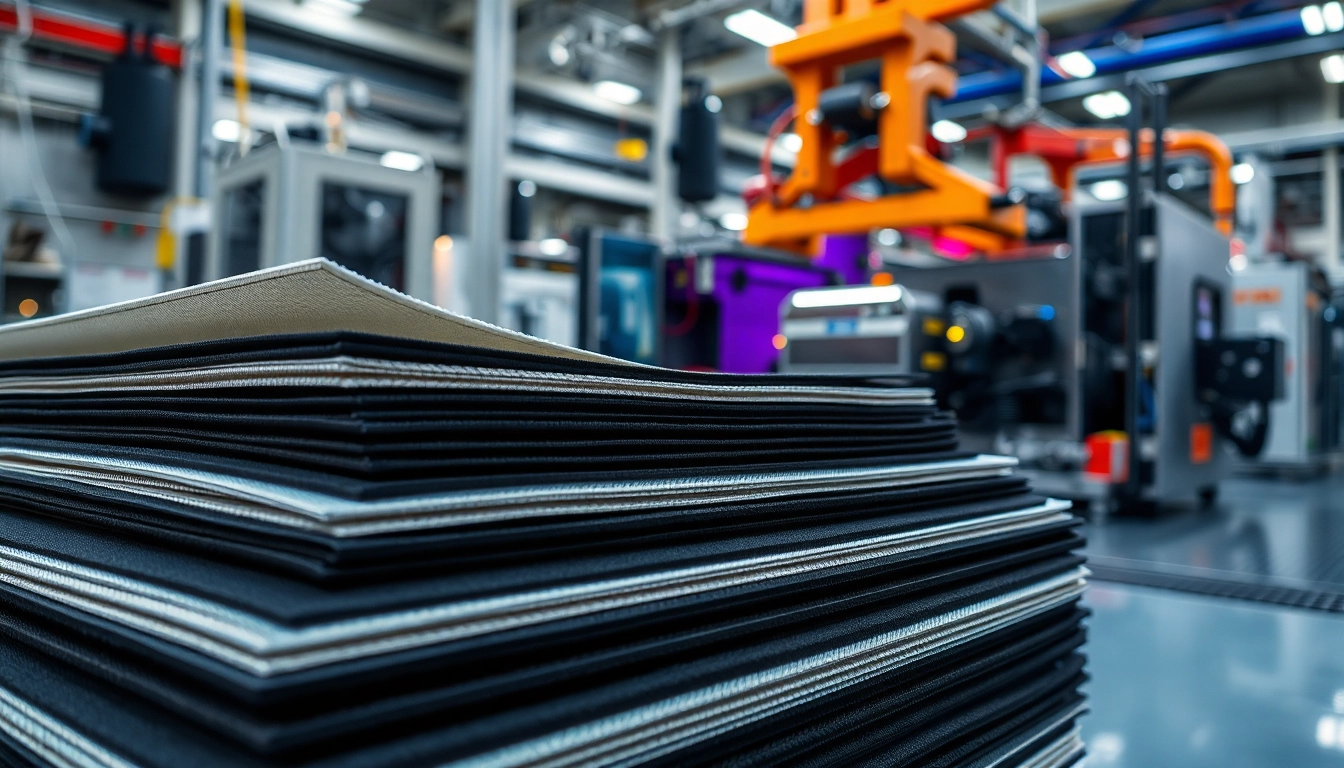Introduction to the Bruker EOS 500 Handheld LIBS Analyzer
The Bruker EOS 500 Handheld LIBS Analyzer is revolutionizing material analysis with its advanced capabilities and user-friendly design. This powerful instrument utilizes Laser Induced Breakdown Spectroscopy (LIBS) technology, enabling users to obtain rapid, accurate elemental compositions of various materials in a portable format. In an era where efficiency and precision are paramount across industries, the EOS 500 stands out as a highly effective solution for on-the-spot material analysis.
Understanding LIBS Technology
LIBS technology operates on the principle of laser-induced plasma generation. When a high-energy laser pulse is focused on a sample’s surface, it creates a plume of plasma. As this plasma cools, it emits light that is characteristic of the elemental composition of the sample. The emitted light is captured and analyzed to identify the presence and concentration of elements within the material.
This technique provides real-time results, making it particularly beneficial for applications where immediate analysis is critical. Unlike traditional methods that may require extensive sampling and laboratory analysis, LIBS allows users to perform tests rapidly and in various environments, making it ideal for quality control, sorting, and field analysis.
Key Features of the Bruker EOS 500
The Bruker EOS 500 packs a range of impressive features that enhance its usability and effectiveness:
- Compact and Lightweight Design: Weighing less than some other portable analytical devices, the EOS 500 allows for convenient handling, making it easy to carry to various locations.
- User-Friendly Interface: The device boasts a touchscreen interface that simplifies navigation and data interpretation, reducing the need for extensive training.
- Real-time Results: Users can view elemental analysis results almost instantly, enhancing decision-making processes.
- Versatile Applications: Suitable for a broad spectrum of materials, including metals, plastics, and inorganic substances, broadening its usability across different sectors.
- Robust Data Management: Advanced software that allows users to store, manage, and share data effortlessly, further integrating with existing management systems.
Applications Across Industries
The versatility of the Bruker EOS 500 makes it suitable for a myriad of applications across various industries:
- Mining and Mineral Exploration: Geologists employ the EOS 500 to analyze rock and soil samples, enabling efficient exploration and assessment of mineral resources.
- Manufacturing and Assembly: In quality control, the analyzer is instrumental in verifying material composition during production, ensuring that standards are met prior to assembly.
- Recycling and Waste Management: The ability to quickly distinguish between different metals and materials enhances sorting processes, improving recycling outcomes.
- Art Conservation: In the art world, the EOS 500 assists conservators in identifying materials used in artworks, guiding restoration efforts.
Benefits of Using the Bruker EOS 500 Handheld LIBS Analyzer
Portability and Ease of Use
The Bruker EOS 500 is specifically designed for portability. Its lightweight and compact form factor allows users to carry it effortlessly to remote sites or crowded production floors. Furthermore, the device’s ergonomic design ensures comfortable handling even during extended periods of use.
Another advantage is the user-friendly interface, which dramatically reduces the learning curve associated with new analytical devices. This accessibility means that users from various backgrounds can operate the device effectively without extensive training.
Speed and Efficiency in Analysis
The speed at which the Bruker EOS 500 produces results is one of its standout advantages. The real-time analysis capability enables users to make on-the-spot decisions without the delays typically associated with laboratory analysis. An analysis typically takes just seconds, thereby streamlining workflows and allowing for immediate responses to quality control issues or material verification needs.
Additionally, the EOS 500 can perform multiple analyses in quick succession, enhancing productivity in environments where time is a critical factor. As businesses strive for efficiency, this quick turnaround can significantly impact operational timelines and costs.
Comparative Advantages Over Traditional Methods
Traditional analytical methods often involve extensive sample preparation, significant time investment, and skilled technicians to interpret the results. In contrast, the Bruker EOS 500 eliminates many of these barriers. Its LIBS technology allows users to analyze samples directly in their environment without needing elaborate preparations or lengthy wait times for laboratory results.
Moreover, when compared to X-ray fluorescence (XRF) or optical emission spectrometry (OES), the EOS 500 offers similar or improved accuracy and precision while being more convenient and accessible. Its minimal calibration requirements and ability to analyze a wide range of materials make it suitable for a broader array of applications.
Getting Started with the Bruker EOS 500
Setting Up Your Device
Setting up the Bruker EOS 500 is a straightforward process. Start by ensuring the device is fully charged and properly calibrated as per the manufacturer’s instructions. Consult the user manual for specific calibration procedures, as this step is essential for obtaining accurate results.
Once calibrated, familiarize yourself with the various settings and adjustments available through the touchscreen interface. Taking time to understand the different modes and options will enable you to tailor the device’s performance to your specific analytical needs.
Basic Operation and User Interface
The user interface of the EOS 500 is designed for intuitive navigation. Upon powering the device, users are greeted with a clear display featuring touch-sensitive buttons for different operational modes. These modes include elemental analysis, calibration settings, and data storage options.
To initiate analysis, simply select the desired mode and point the laser at the target sample. The interface provides feedback throughout the analysis process, including countdown timers for laser pulses and real-time data displays, which further simplifies operation.
Conducting Your First Analysis
Before conducting your first analysis, ensure the EOS 500 is in the correct mode for the material you’re analyzing. For metals, the device might have a specific setting that optimally adjusts laser intensity and measurement duration.
Position the analyzer perpendicular to the sample surface for the best results. After initiating the laser pulse, observe the screen for real-time feedback regarding elemental composition. Once the analysis is complete, review the results and store them according to your data management preferences.
Common Challenges and Troubleshooting Tips
Identifying Common Issues
Despite its advanced technology, users may encounter occasional issues while operating the Bruker EOS 500. Common challenges include inconsistent readings, difficulty calibrating, or failure to analyze certain materials. Understanding these problems is the first step towards effective troubleshooting.
Inconsistent readings often result from improper calibration or environmental interferences, such as bright lighting or unsuitable surfaces that diffuse laser beams. Additionally, some materials may produce minimal plasma emissions, making detection difficult.
Troubleshooting Techniques
Troubleshooting the EOS 500 requires a systematic approach. Start by checking calibration settings to ensure they are appropriate for the sample being analyzed. It’s advisable to run a series of test readings on known standards to confirm the accuracy of the device.
If readings remain inconsistent, review the setup environment—lighting conditions and surface cleanliness can significantly affect outcomes. Users should make sure the sample surface is clean and free of moisture or contamination that could obstruct laser contact.
Maintenance Best Practices
Maintaining the Bruker EOS 500 is essential for ensuring its longevity and reliability. Regular cleaning of the optics and protective windows will help avoid interference in data collection. Always follow manufacturer recommendations for cleaning agents and methods to avoid damage.
Additionally, perform routine checks to monitor battery health and ensure the device’s software is up-to-date to benefit from improvements and bug fixes released by the manufacturer.
Future Trends in Handheld LIBS Technology
Advancements in Analytical Features
The landscape of handheld LIBS technology is evolving rapidly, with manufacturers continually innovating to enhance analytical capabilities. The integration of artificial intelligence and machine learning algorithms is paving the way for more accurate pattern recognition and predictive analytics, enabling users to derive deeper insights from their analysis.
Future models may include enhanced sensitivity, allowing for the detection of trace elements that are currently beyond the device’s scope. Enhanced software for data interpretation will also likely emerge, enabling users to visualize data in more meaningful ways and streamline analysis reports.
Integration with Emerging Technologies
As the world embraces connectivity and the Internet of Things (IoT), future handheld LIBS devices, including the Bruker EOS 500, are expected to feature improved integration capabilities. This could facilitate real-time data sharing across different platforms, allowing for collaborative analyses and enhanced data utilization across teams and industries.
Furthermore, the convergence of LIBS with other analytical techniques may enhance overall material characterization, encouraging multi-modal approaches to surface analysis and quality control.
The Future of Material Analysis
The future of material analysis is promising, particularly with the ongoing advancements in handheld LIBS technology. As industries strive for efficiency, cost-effectiveness, and improved safety measures, tools like the Bruker EOS 500 will play a pivotal role in enhancing operational effectiveness across the board.
The shift towards portable, rapid analytical techniques is likely to accelerate, bringing further benefits in terms of accessibility and real-time insights. As regulations around safety and quality continue to tighten, the demand for reliable and efficient analytical methods will only increase, solidifying the standing of devices like the EOS 500 in various sectors.



